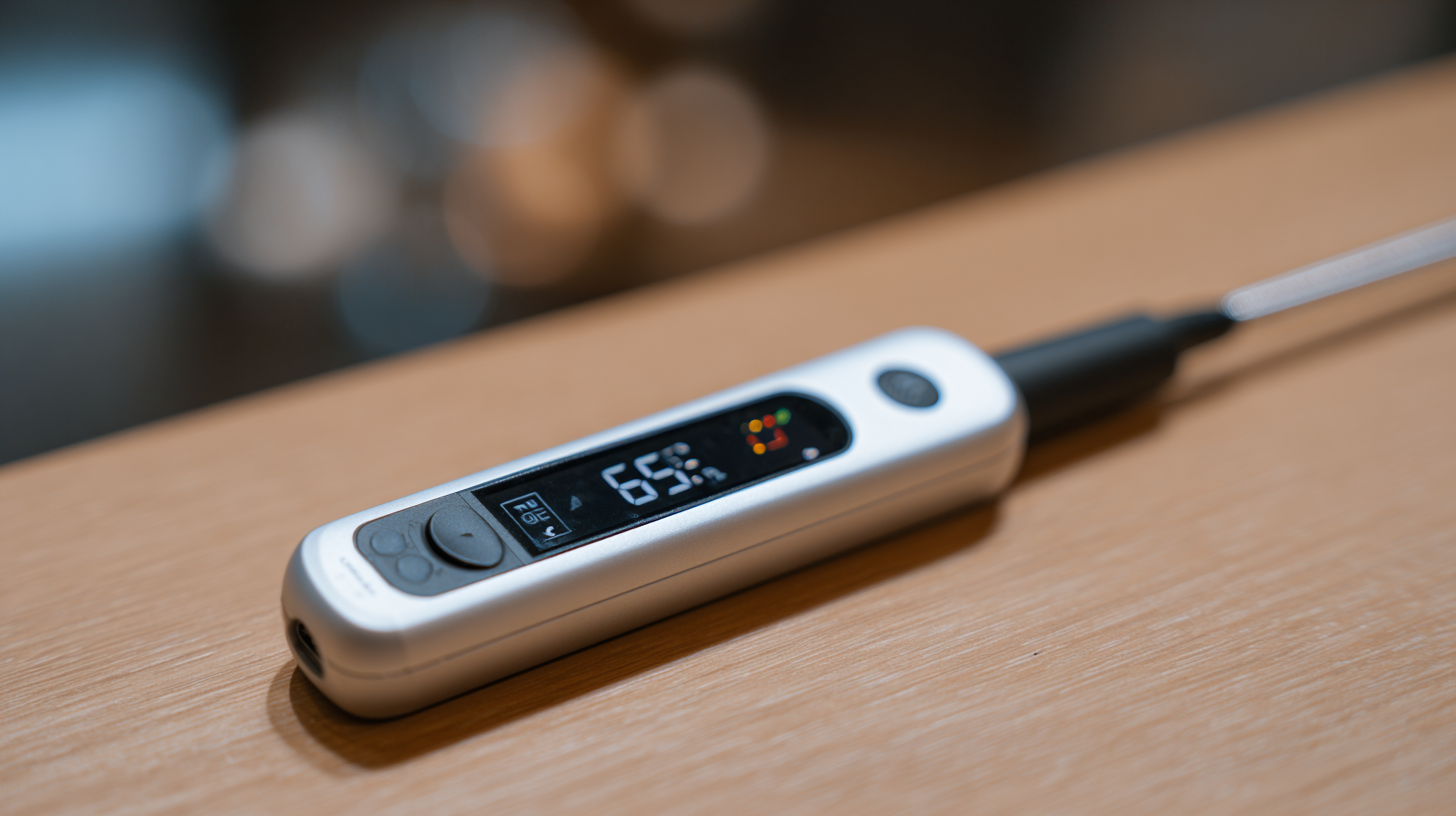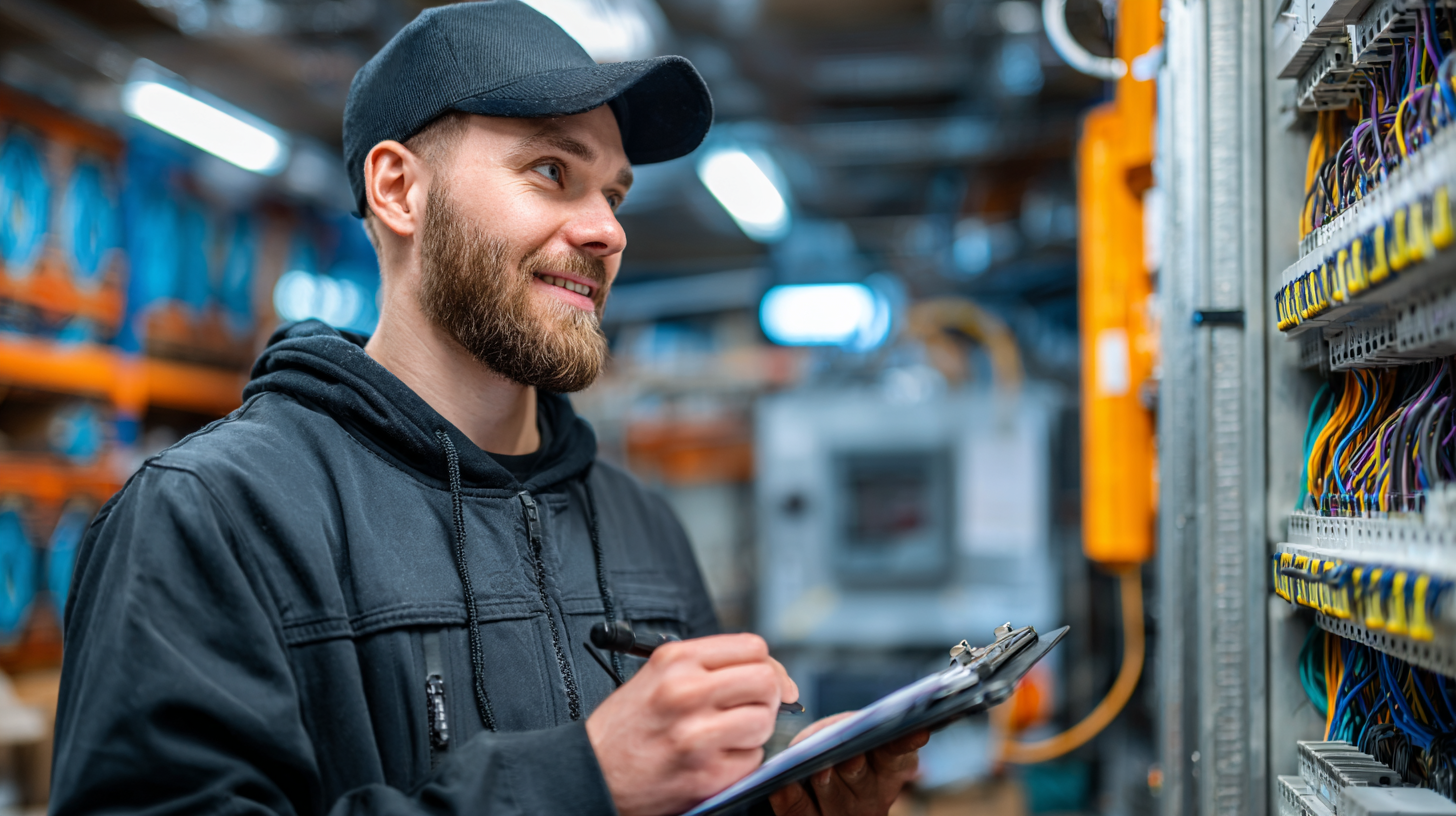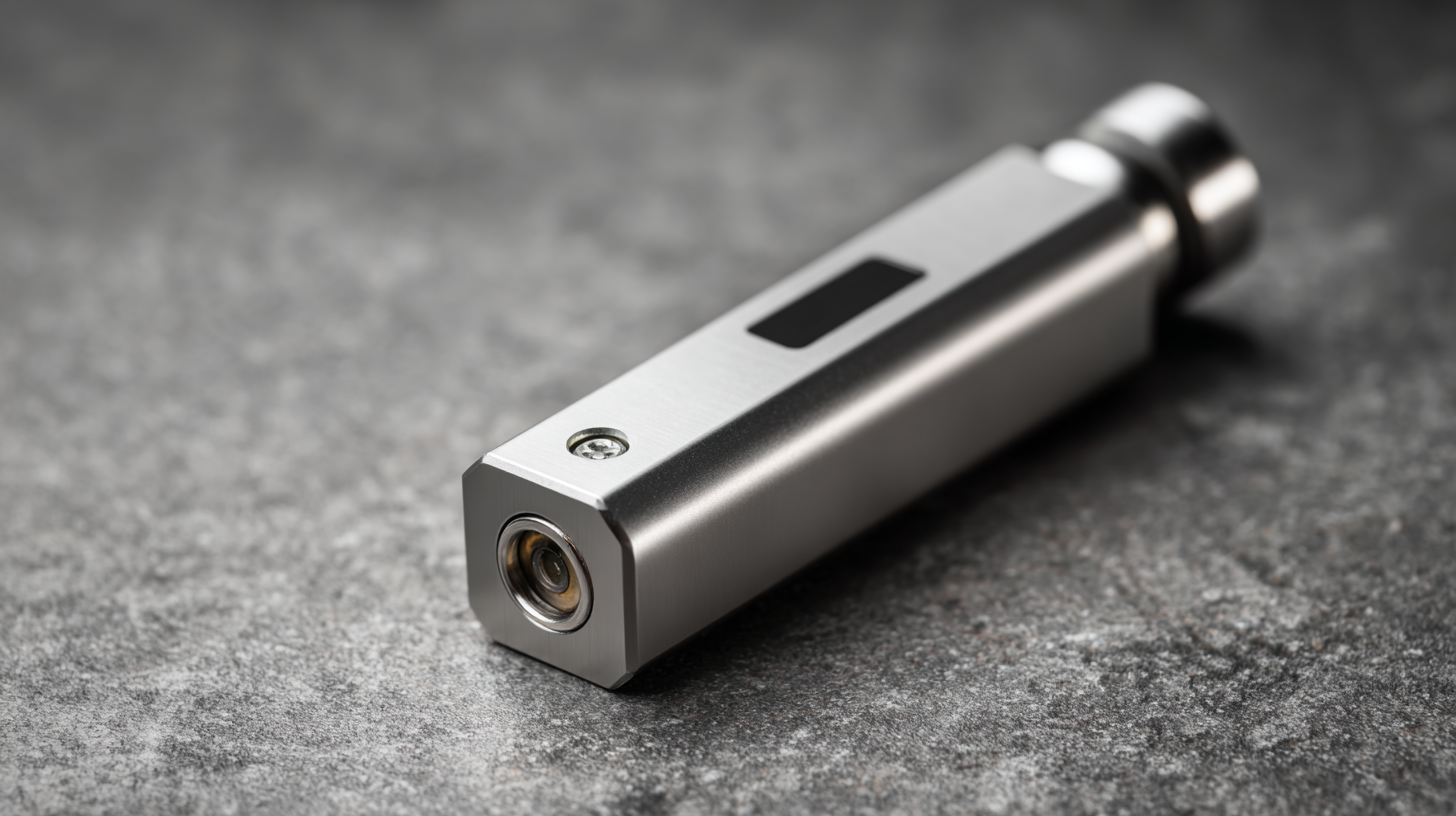5 Essential Tips for Choosing the Right Temperature Sensor for Your Business Needs
In today's fast-paced industrial landscape, the role of a temperature sensor is more crucial than ever in ensuring optimal operations and product quality. With a multitude of options available, choosing the right temperature sensor for your business needs can be a daunting task. This decision not only impacts efficiency but also affects safety, energy consumption, and compliance with industry standards. Whether you are monitoring product temperatures in a manufacturing environment, ensuring the integrity of sensitive materials in storage, or optimizing processes in a laboratory setting, selecting an appropriate temperature sensor is key.

In this blog, we will explore five essential tips to guide you in making an informed choice, empowering your business to achieve its desired outcomes while leveraging the latest advancements in temperature sensing technology.
Understanding Different Types of Temperature Sensors and Their Applications
When choosing the right temperature sensor for your business needs, it's crucial to understand the various types available and their specific applications. Firstly, thermocouples are widely used due to their ability to measure high temperatures, making them ideal for industrial processes. They consist of two different metals joined at one end, creating a voltage that corresponds to temperature changes. Their durability and broad temperature range make them suitable for environments such as manufacturing and aerospace.
On the other hand, resistance temperature detectors (RTDs) provide highly accurate readings at lower temperatures, which is beneficial in food processing and pharmaceuticals. RTDs measure temperature by correlating the resistance of the metal with temperature changes, offering exceptional precision and stability. Additionally, thermistors are another popular option, known for their sensitivity and quick response times. They are often used in HVAC applications and home appliances, where rapid temperature monitoring is essential. Understanding these distinctions will help businesses select the most suitable temperature sensor to ensure efficiency and reliability in their operations.
Temperature Sensor Performance Comparison
Key Factors to Consider When Selecting a Temperature Sensor for Your Business
When selecting a temperature sensor for your business needs, several key factors should guide your decision-making process. First and foremost, consider the technology used in the sensor. Options such as MEMS (Micro-Electro-Mechanical Systems) and CMOS (Complementary Metal-Oxide-Semiconductor) are popular due to their accuracy and reliability in various conditions. Understanding how these technologies perform in your specific application will help ensure that you choose a sensor that delivers consistent results.
Another critical aspect is the environmental conditions in which the sensor will operate. Factors such as humidity, potential for exposure to corrosive materials, and the required temperature range are vital. For example, if your business involves extreme temperatures or harsh environments, you should look for temperature sensors designed to withstand those conditions without losing performance. Additionally, considerations like response time and calibration frequency can significantly impact the sensor's effectiveness, especially in dynamic applications. By aligning your specific requirements with the right technology and environmental capabilities, you can select a temperature sensor that enhances your operational efficiency.
5 Essential Tips for Choosing the Right Temperature Sensor for Your Business Needs
| Criteria | Description | Recommended Sensor Type |
|---|---|---|
| Accuracy | Required precision level based on operational needs | RTD or Thermistor |
| Temperature Range | Specify the minimum and maximum temperatures to be monitored | Thermocouple |
| Response Time | Speed at which the sensor reacts to temperature changes | RTD |
| Environment | Conditions such as humidity, dust, or potential chemical exposure | Industrial-grade Temperature Sensors |
| Output Signal | Type of signal (analog, digital) needed for the system | 4-20 mA or digital output |
Evaluating Accuracy and Precision: Why It Matters in Temperature Measurement
When selecting a temperature sensor for your business, understanding the concepts of accuracy and precision is crucial. Accuracy refers to how close a measured value is to the true value, while precision indicates the consistency of measurements taken under the same conditions. In industries where temperature plays a critical role—such as pharmaceuticals, food processing, and manufacturing—having reliable data is essential for ensuring quality control and compliance with safety standards.

In temperature measurement, low accuracy can lead to costly mistakes, such as spoilage of products or equipment malfunction. For instance, a temperature sensor that consistently reads higher than the actual temperature may cause a refrigeration unit to underperform, putting perishable items at risk. Likewise, sensors that lack precision may yield fluctuating readings which complicate data interpretation. Therefore, evaluating both accuracy and precision during the selection process ensures that your organization utilizes temperature sensors that provide dependable information, ultimately supporting operational efficiency and enhancing product quality.
Assessing Environmental Conditions for Optimal Sensor Performance
When selecting a temperature sensor, assessing environmental conditions is crucial for ensuring
optimal sensor performance. For instance, consider the temperature range you
need to monitor. Different sensors operate effectively within specific temperature limits, so identifying your operational
environment helps in narrowing down your options.
Additionally, the presence of moisture, dust, or corrosive elements can impact sensor accuracy and longevity, making it vital
to choose a sensor designed for such conditions.
Another important factor is the sensor's response time. In environments where rapid
temperature changes occur, a sensor with a quick response time will provide more accurate and timely data. For businesses
aiming for efficiency, look for sensors that offer a balance between sensitivity and stability. Moreover, consider the
installation environment—whether the sensor will be exposed to vibrations, varying pressure, or electromagnetic interference
can influence your choice significantly. By carefully evaluating these environmental conditions, businesses can select a temperature sensor that aligns with their specific needs.
Budgeting for Temperature Sensors: Costs and Value Considerations
When it comes to selecting temperature sensors for your business, budgeting is a critical consideration that goes beyond merely assessing upfront costs. Understanding the long-term value that these sensors provide can significantly affect your bottom line. Initially, investing in high-quality temperature sensors may seem more expensive, but the durability, accuracy, and reduced maintenance costs can lead to substantial savings over time. Businesses should analyze total cost of ownership, which includes installation, operation, and potential repairs, ensuring that they choose sensors that align with their operational requirements and financial goals.

Additionally, it's essential to consider the specific applications of the temperature sensors. Different industries have varying needs—whether for food safety regulations in the restaurant sector, precise temperature control in pharmaceuticals, or climate monitoring in agricultural settings—each application demands unique features. By prioritizing quality alongside the initial investment, companies can secure reliable technology that not only minimizes risks and compliance issues but also enhances productivity and efficiency. Taking a strategic approach to budgeting allows businesses to invest wisely, ensuring they select temperature sensors that meet their requirements without straining their finances.
Related Posts
-

10 Best High Temperature Sensors for Accurate Measurements in 2023
-

5 Essential Tips for Choosing the Right Soil Temperature Probe for Your Garden
-

Mastering Solar Power Monitor Setup with This Comprehensive Tutorial Guide
-

7 Compelling Reasons Why a Soil Temperature Probe is Essential for Every Garden Enthusiast
-

Ultimate Guide to Understanding Thermal Conductivity Testing for Global Procurement Success
-

5 Compelling Reasons Why Heat Flow Meters Are Essential for Energy Efficiency in Industries







